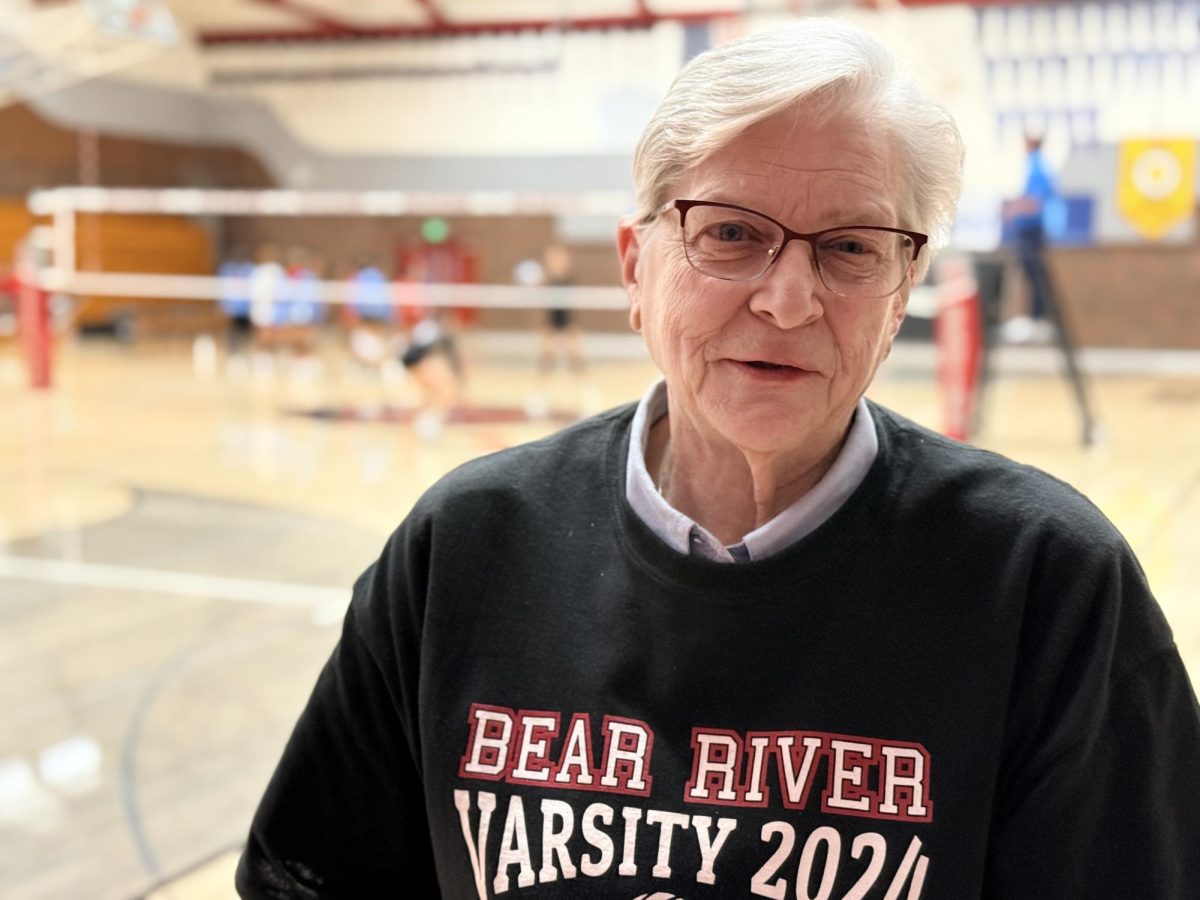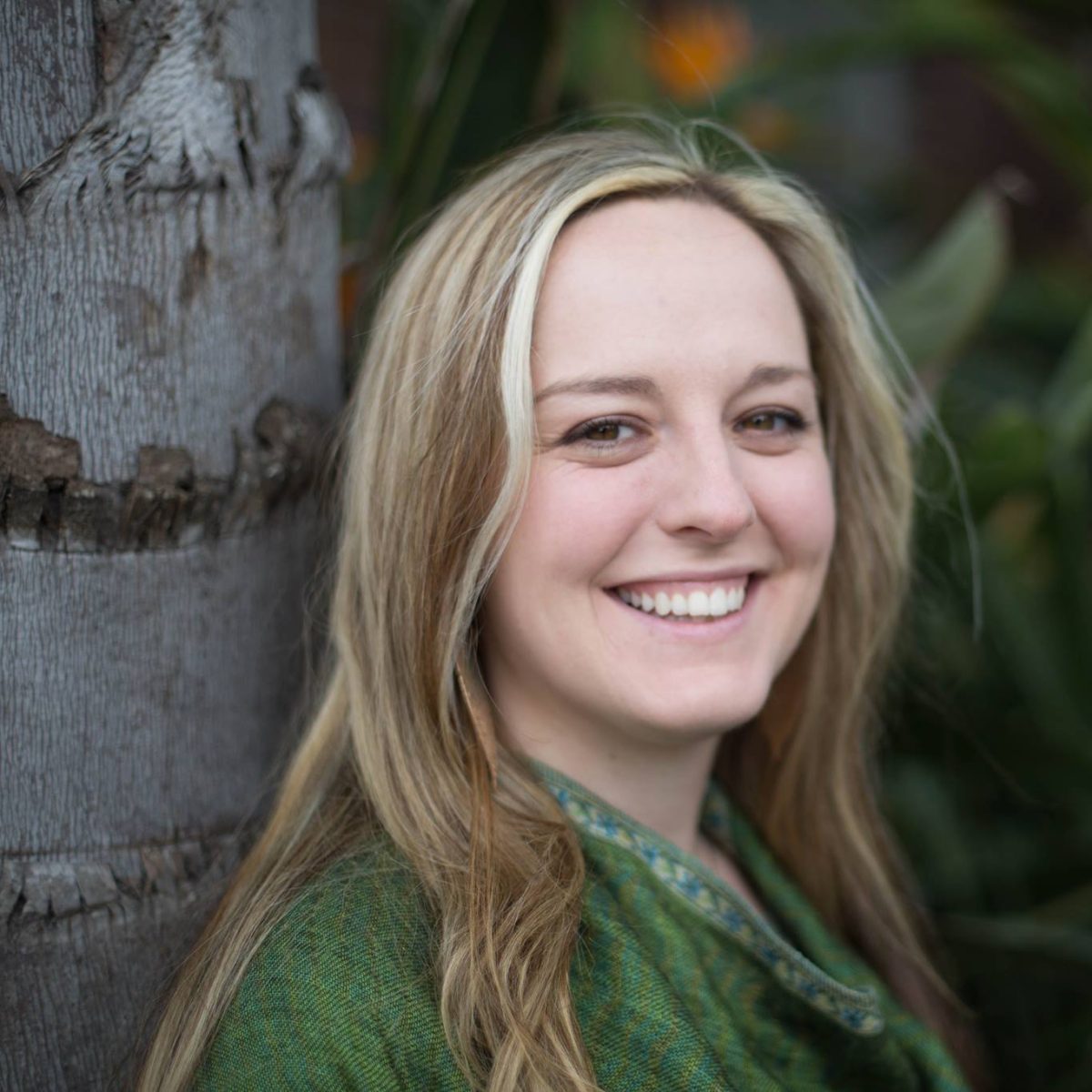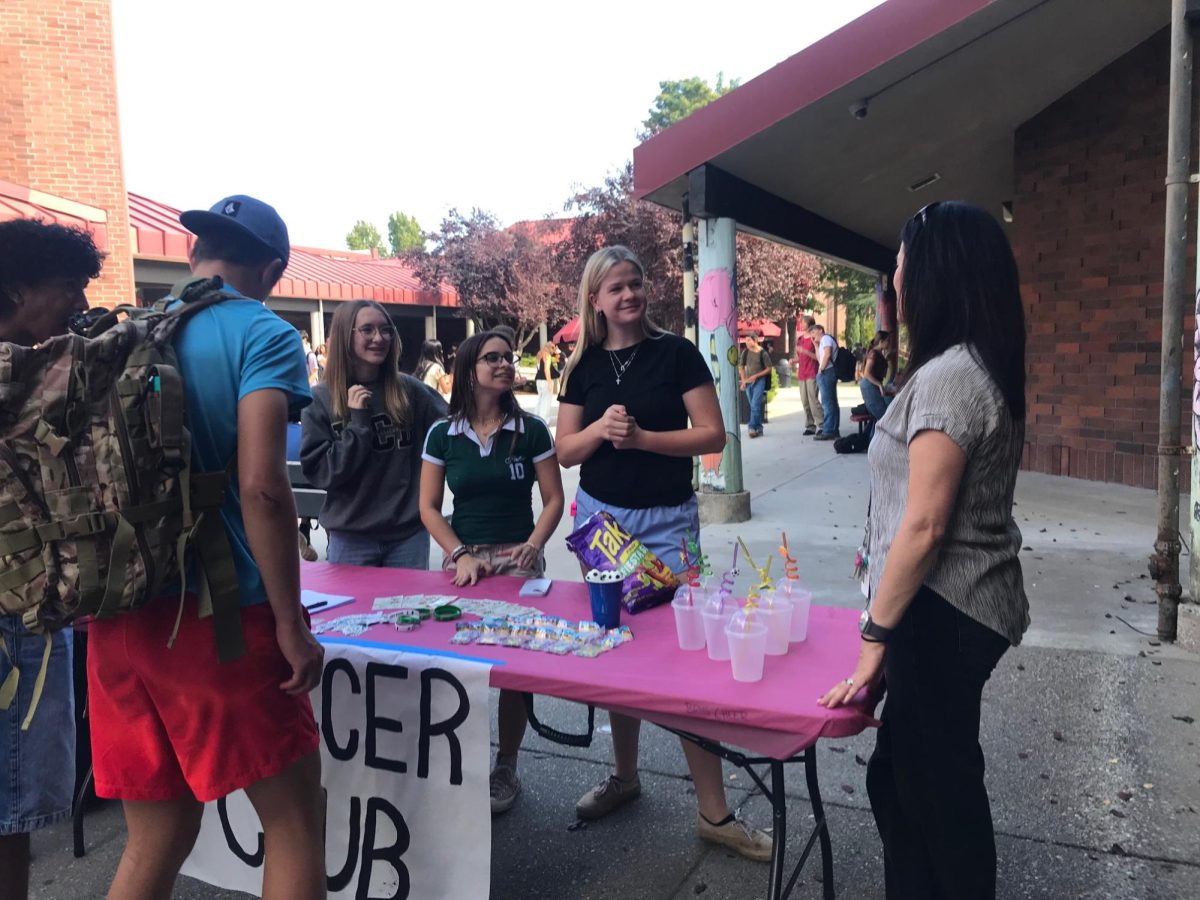In an afternoon meeting on Wednesday, July 22, the Nevada Joint Union High School District Board of Trustees decided to begin the school year in a full distance learning format with the intention of reevaluating over fall break- holding out hope for a normal rest of the school year.
This decision was made in congruence with numerous factors including the priorities set by the district previously, the needs of the students, and complying with the district-wide vision and mission statement. Despite careful consideration of all aspects above, the choice was met with a myriad of responses from high school students, many wanting a hybrid system and some supporting the more cautious option.
Rising Sophomore Maya Bussinger expressed her disappointment in the decision.
“I like going to school because of friends,” she said. “Without them I have no motivation. Ending school last year online went pretty badly and a lot of kids failed, so continuing school online may have the same results. I plan to have a 4.0 GPA but this will be more difficult for me to achieve due to lack of schedule and incentive.”
Regarding grades, Assistant Superintendent Dan Frisella touched upon the grading policy for the next school year during the Parent Study Session on July 15.
“We do not intend to be pass/fail for the coming school year,” he said. “We’re going to go back to letter grades.”
Fellow rising Sophomore Rylie Jeffers had similar concerns for her peers.
“Students will most likely cheat the entire time, students will fail classes because of procrastination, [and have a] lack of motivation or lack of help,” she said. “Nothing’s going to change even if we wait a couple months the Ebola virus is still around and it doesn’t matter if we wait it out. Some people who practice social distancing and wear masks like the CDC recommend still get it.”
Some students, such as rising Sophomore Olivia DesAutels, felt that the safer approach was best, even at the cost of the communal aspect of high school.
“I think it was the right decision because school should not be in session due to the state of the pandemic. Things could be fine, but things could go wrong so I think it’s better to be safe than sorry.”
She continued, emphasizing the difficulties of maintaining high standards of safety protocols.
“I would feel more comfortable working at home than at school with people who could or could not be responsible with the pandemic,” DesAutels said. “It would take frequent testing and constant temperature checks to even begin to regulate it.”
Another rising Sophomore, Mariah Davidson, supported the decision with an optimistic hope for the fall break reevaluation.
“I feel like this is a good solution for now because it won’t be permanent as of now,” she said. “And there will be time to reevaluate.”
As a member of the Board of Trustees, Pat Seeley expressed similar sentiments towards the decision.
“I would like to clarify the board vote was not unanimous – it was a four to one vote,” she said. “The reason I’m saying this is I don’t believe the data at this time justifies distance learning, and thus my vote against distance learning. I want what’s best for students, and I believe the distance learning model is not it at this time. Numbers could escalate to the 8 percent positivity that Governor [Gavin] Newsom suggests to close down schools, but at this time, it is only 2.4 percent the County Health Department reports. I am sorry I couldn’t do more to get kids back in school.”
In considering the options, the district addressed the advantages and disadvantages of full distance learning. They recognized that safety is an important advantage to this system alongside the opportunity to settle into distance education and provide consistent delivery to students. On the other hand, students would be deprived of face-to-face contact, in-person support, be met with less academic rigor, and possibly the layoff of some on-campus personnel.
Spanish Teacher Daniel Bussinger gave his perspective.
“Disadvantages [include] nobody [will have a chance to] learn anything from teachers [in person] at the beginning of the semester,” he said.
He talked about his experience with the previous bout of distance learning and expressed hopes for improvement this time around.
“Teachers learned a lot about it by being thrown in at the end of last year,” he said. “But teachers will have put thought into it and get more training before distance learning starts again this year. Also, students will have to take it seriously this time because there will be no excuse.”
Contrary to what most students have been reporting, Jessica Lee, the Nevada Joint Union High School Teachers Association (NJUHSTA) Representative, noted the majority of district teachers’ support of full distance learning through results of a survey conducted a couple of weeks ago.
“We have a large number of teachers who are concerned with the safety of themselves or a member of their household,” she said. “We were able to hear from a hundred team members in this survey. 63.9% of our staff who responded to our survey said that they are either extremely concerned or quite concerned about the health of someone in their household, and only 9% are not concerned at all. 70.5% of our staff expressed a moderate or higher concern for their own safety. In addition, 45.3% of our staff highly prefers to start the year in an all distance learning model versus only 27.6% who would want to start it in a hybrid way.”
Many students expressed concerns regarding maintaining their good grades during distance learning. Sports are one of the main motivators of this trend as addressed by the Northern Section of the California Interscholastic Federation (CIF) with the postponement of fall sports until around December of this year.
“Many students are primarily motivated to succeed in school by the opportunity to participate in extracurricular activities, most specifically interscholastic athletics,” they said in a Press Release published on July 20. “ … After considering multiple factors influencing any decision to restart athletic participation in member schools in a safe and consistent manner, and more specifically the impacts on eventual CIF-NS playoffs and CIF State championship playoffs, the following decisions were made: CIF-NS member school teams will begin league play when the member school districts’ County Health officers approve the implementation of youth sports, including high school athletics … CIF-NS member school teams may [also] have the opportunity to compete outside league play when the member school districts’ County Health officers approve the implementation of youth sports, including high school athletics
Nevada Joint Union High School District Superintendent Brett McFadden expressed the difficulty of the decision that was made last night.
“Every once in a while, … there comes a decision that has some substantial long-range ramifications to the district, and tonight is certainly one of them,” he said. “ … There is no good decision tonight (July 22).”
The dissatisfaction that emanated from the decision, while not optimal, was expected to some degree by Assistant Superintendent Dan Frisella as stated in a Parent Study Session on July 15.
“Some of the questions we have answers to may not satisfy all of our community,” said Assistant Superintendent Dan Fisella. “Those of you who are in positions of leadership understand that you never make everybody happy. But the more polarizing issues [receive the most upsetting reactions].”
Mr. McFadden added a final statement of gratuity for the patience and concern during this time.
“I want to thank the public, and I want to thank the members of the board and the staff and all of our stakeholders,” said Mr. McFadden. “This has been, and continued to be, an unprecedented challenge. However, this community has risen to a higher level for the most part. The public discord has been focused on issues. It has all been based on our collective passion to provide the very best for our community and for our students and for our families in this community … I often say through my connections and through my experience, I see what’s going on around the state, I have not seen the high quality of discussion and focus on what is best for students and families in an overall collective discussion as I have seen here in Nevada County.”
—Annabelle Owyoung contributed to this report.



































